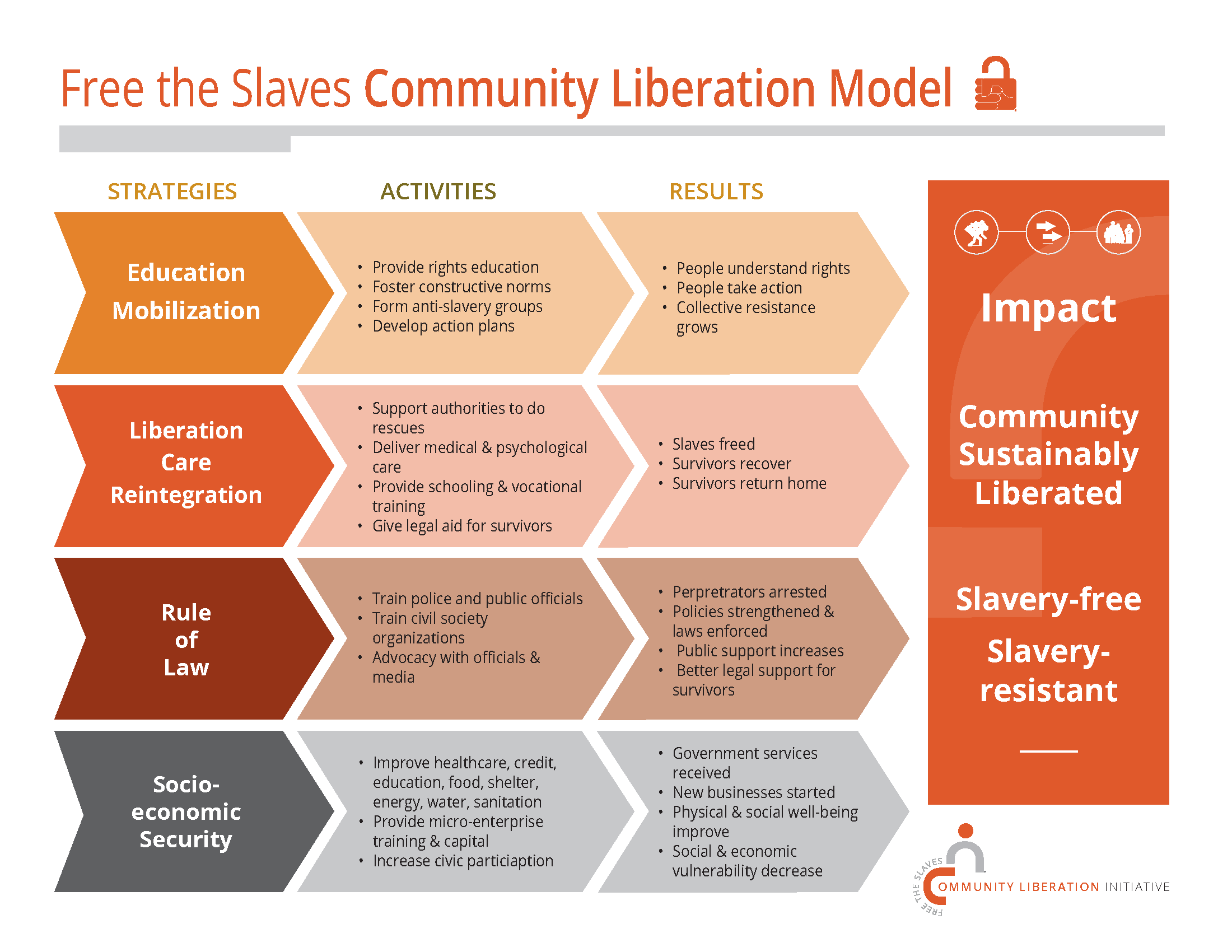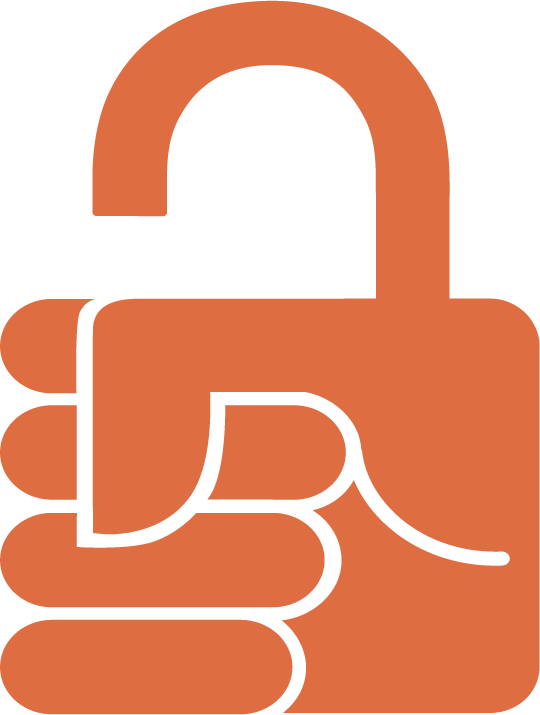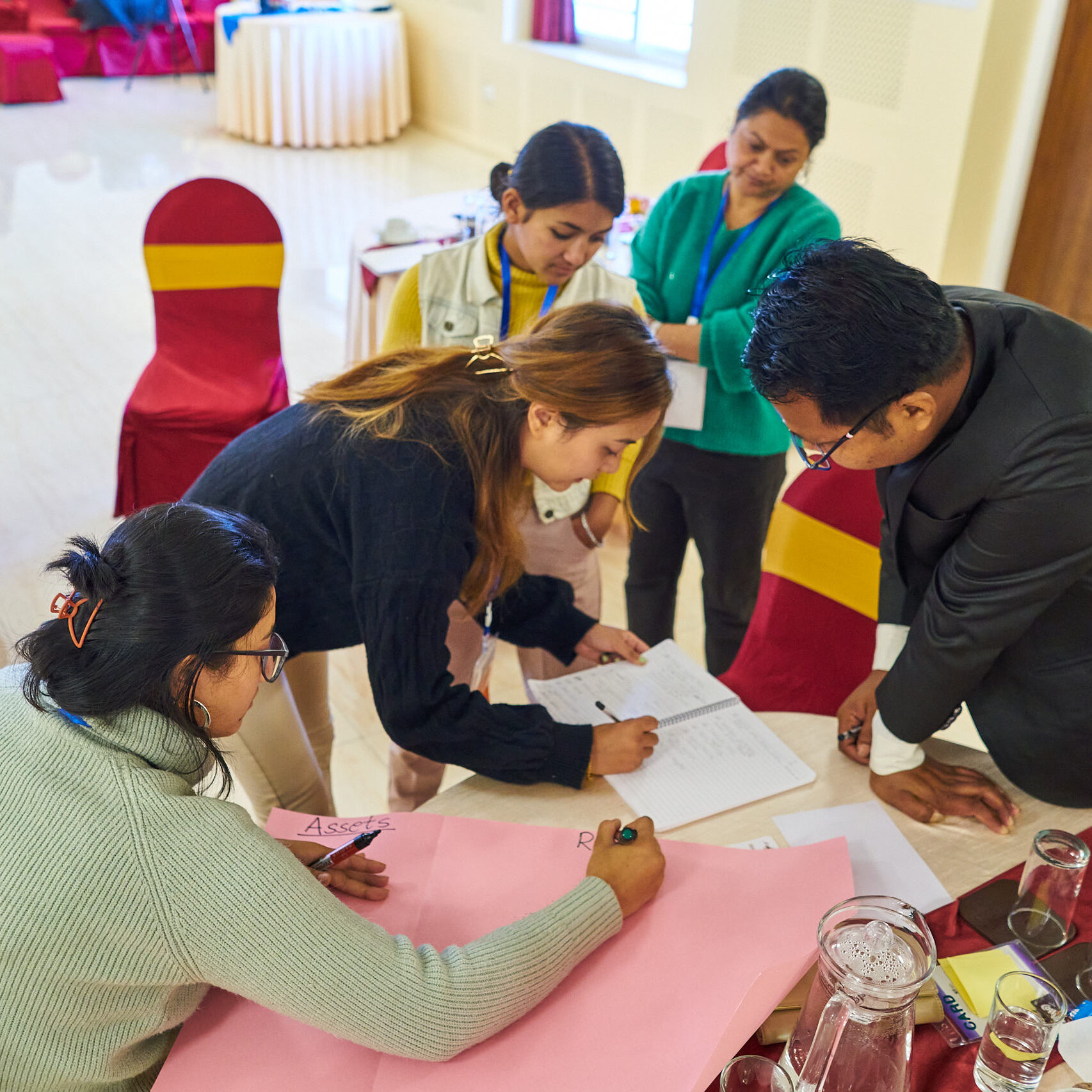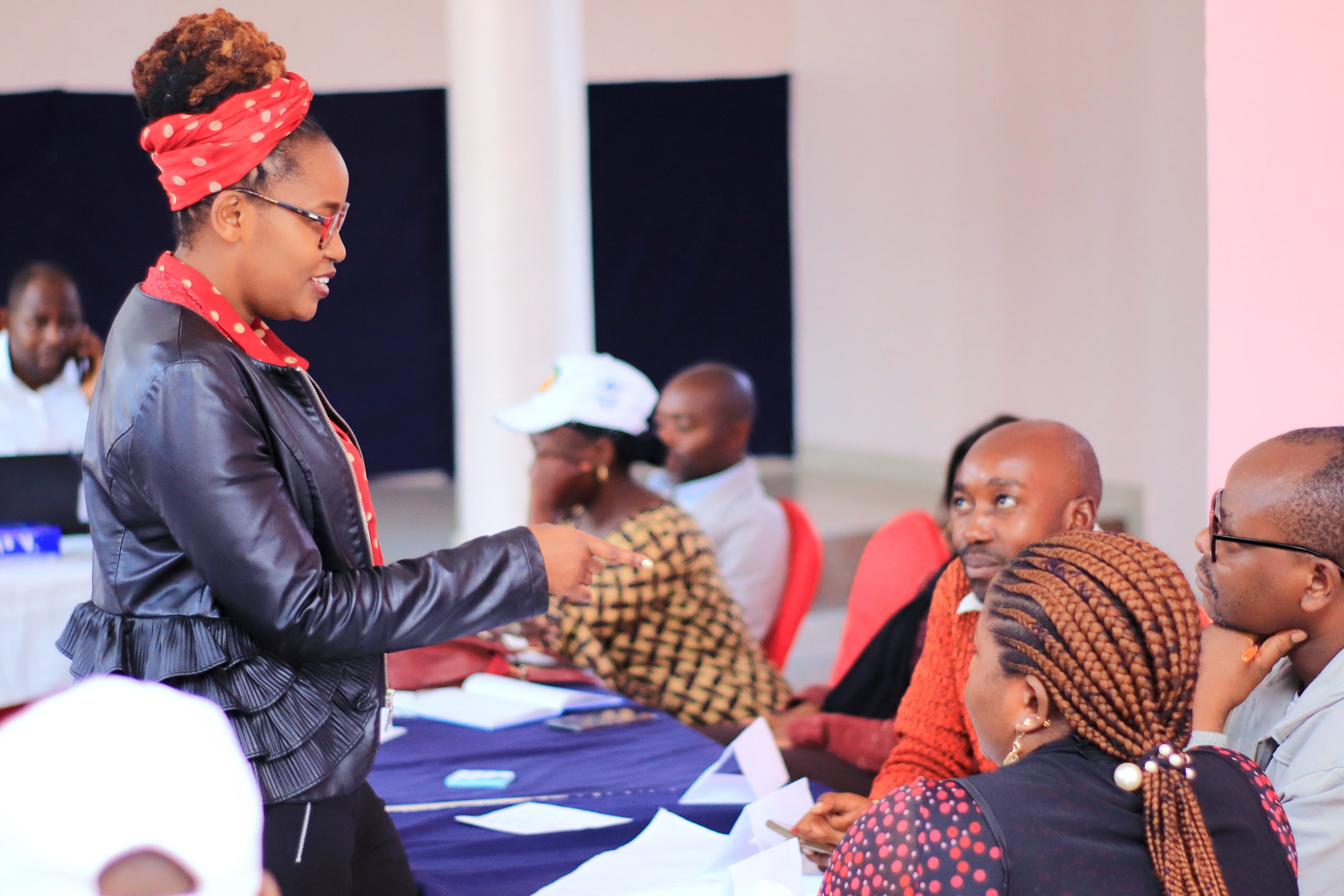Training and Capacity Building
At the heart of our strategy for achieving global impact lies a commitment to empower communities through knowledge, collaboration, and change.
To achieve this, we advocate for the broad application of our Community Liberation Model & Toolkit, ensuring communities most affected by slavery benefit from our proven, field-tested approach.
Community Liberation Model:
A Proven Pathway
Module 1 - Empowering At-risk Communities
This module fosters an understanding of rights and safe migration practices, and challenges societal norms that perpetuate exploitation. With a hands-on approach, it provides tools for community engagement, encouraging protective behaviors and the formation of anti-slavery committees.
Module 2 - Survivor Care and Reintegration
Module 3 - Fortifying the Rule of Law
Module 4 - Securing Essential Services
When implemented together, these modules pave the way for holistic and enduring change.

Join An Upcoming Training Session
We are proud to regularly conduct these essential in-person trainings around the world in a multi-day workshop format. These workshops are specifically tailored for NGOs that are on the front lines of the fight against modern slavery. These immersive sessions are designed not only to educate but also to catalyze effective, systemic action in communities most affected by this scourge.
If you’re an NGO interested in receiving this invaluable, hands-on training, we invite you to get in touch with us. Your commitment could be the tipping point in the fight to eradicate modern slavery in your community.



